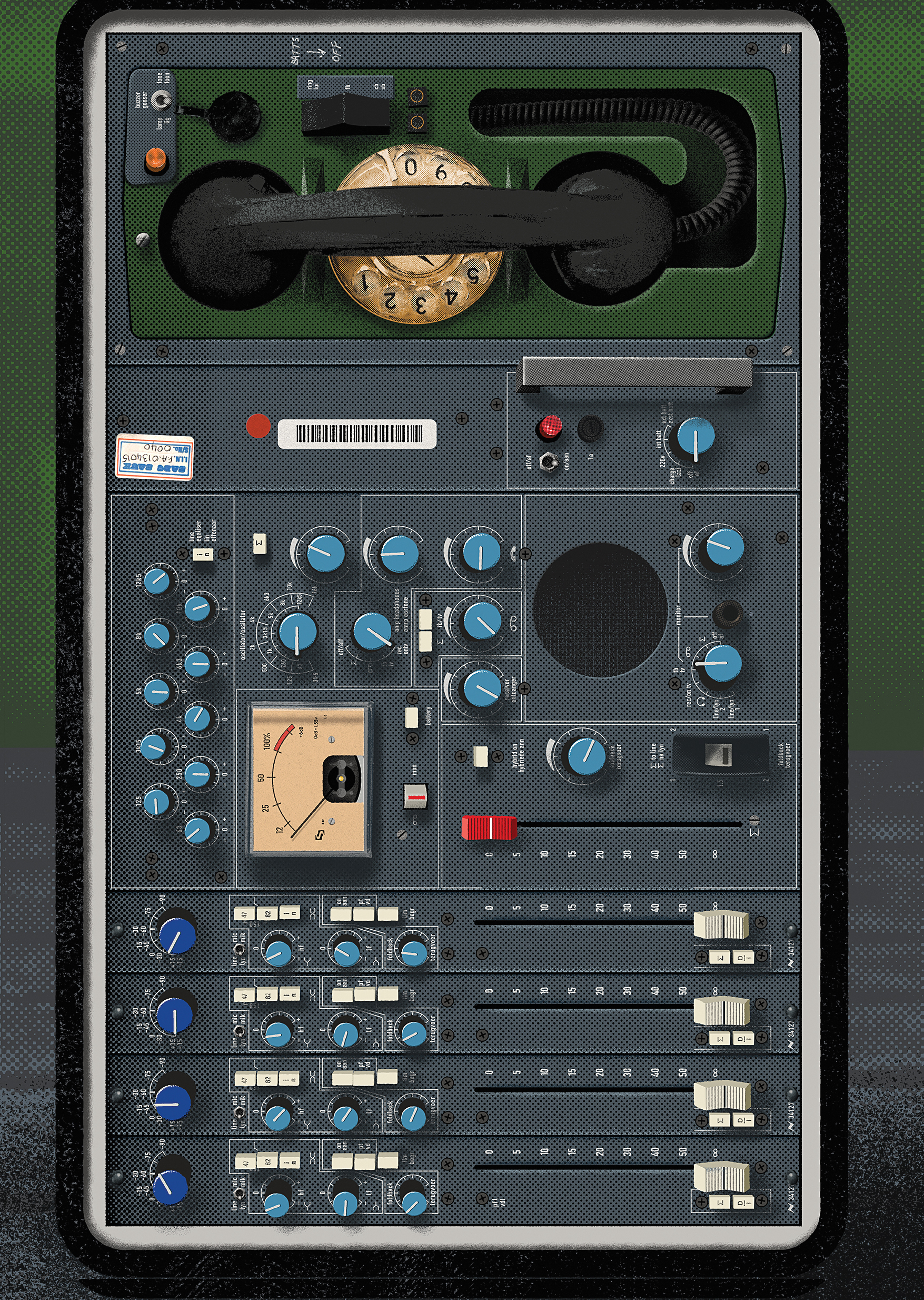ARC Studio is an easy-to-use acoustic room correction tool, and one of my favorite recent studio upgrades. Set up is relatively simple; while it does require a computer for the calibration, once calibrated it runs computer-free. It’s easy to forget it’s even there until I hit the bypass button and hear how much it’s helping. For me, it’s a shock how my low end falls apart with the ARC Studio in bypass.
I’ve mentioned in past reviews how I enjoy mixing in headphones, but I still opt for speakers in a well-tuned room when possible. To keep work consistent between my two primary workspaces, I installed the same model speakers at my home studio as the models in the room that my partners and I sublease at Hyde Street Studios. I spent a lot on broadband bass traps to treat my home studio, and while I’m pleased with the results it’s obvious to my ears that these identical speakers don’t produce identical sounds in two contrasting rooms.
When my home mixing space was still new, I made a huge mistake in the eleventh hour while mixing a track by Goodnight, Texas, for The Metallica Blacklist compilation. In the song’s bridge, the bass player pedals on a low G before finally delivering a satisfying riff descending from D to B flat. On a “final listen,” that riff felt lost in the mix, so I quickly used automation to push the bass fader up 4 dB for those two bars. When I sent this updated mix to the band, they responded almost immediately (and unanimously) that this riff was now far too loud. I listened back in headphones, and the band was right! Thankfully, there was still time to revert before mastering. I’m sharing this anecdote because that’s how I learned my home studio has a 6 dB dip between 120 Hz and 150 Hz. After this, I stopped trusting myself to fairly mix the bass range without using headphones. Installing the ARC Studio has literally “flattened” the problem. I feel so much more comfortable – and happier – with how my room sounds now.
The ARC Studio processor is a small metal box with two pairs of XLR connectors (stereo in/out). It’s designed to be patched right before your speakers. To calibrate the ARC Studio, connect a USB-C cable to your computer, and by using the bundled acoustic measurement mic the IK software sets everything up. The application walks through a simple step-by-step routine to measure how your speakers translate from the sweet spot where you sit. Once configured, the hardware just works. It’s digital EQ/correction, but the ins/outs are analog. I was worried I’d “hear” the converters – not an issue; I really can’t tell, and it sounds transparent!
Because I patched the hardware right before my speakers, they benefit from the correction whether I’m working out of my DAW, listening to vinyl records, or even playing my gaming console. The more familiar I am with how other commercially released material sounds in my room, the more confident I am working on my own productions in this same space. Since we installed an ARC Studio in both of my studios, music sounds much more consistent across the two workspaces. Even switching to and from headphones now feels less jarring. I would never suggest skipping physical room treatment, but ARC Studio is an excellent final touch for your studio space.




_disp_horizontal_bw.jpg)